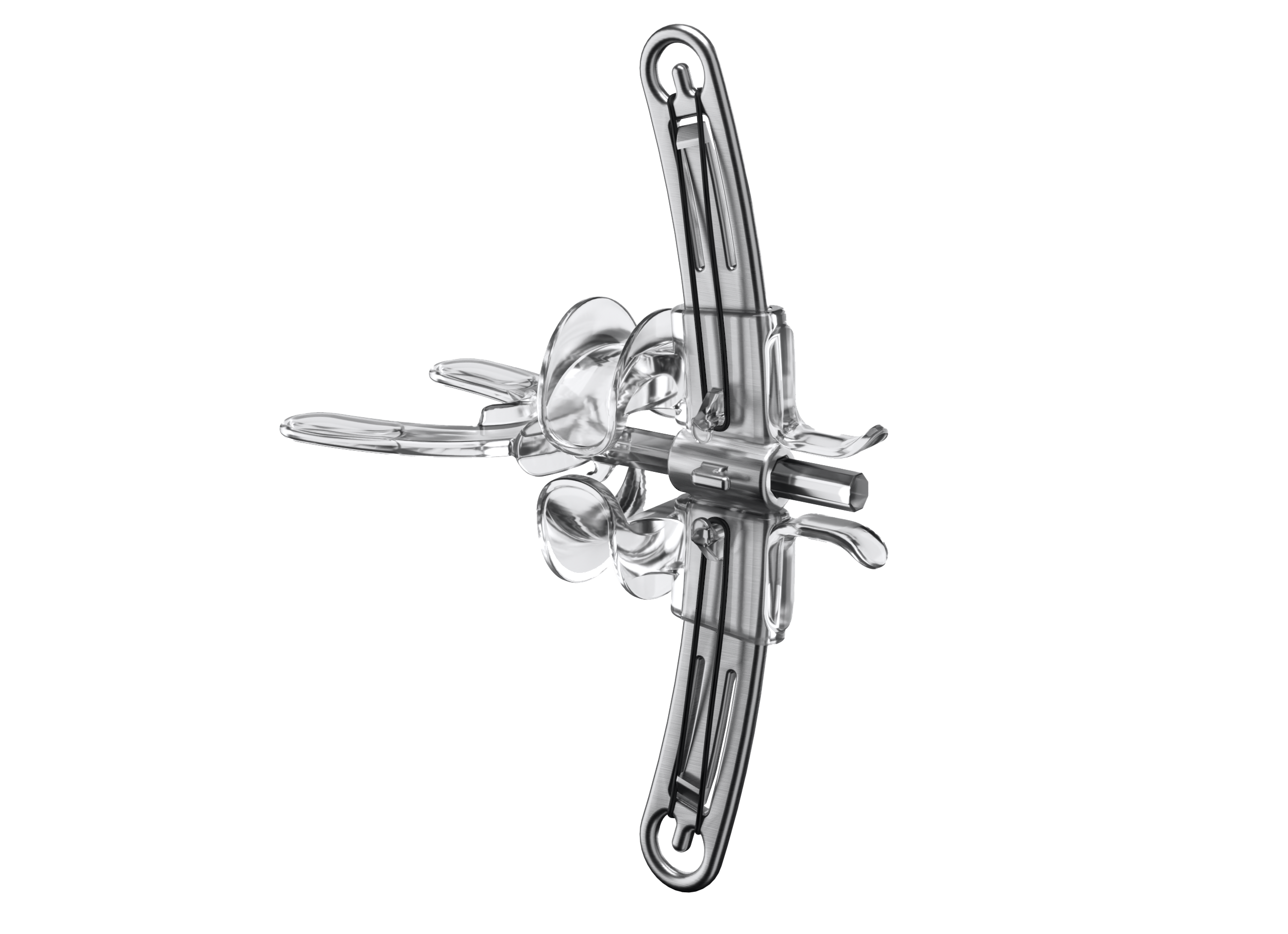Bell's Palsy Overview
Contact Us
Call Us
+1 (678) 632-3745
TESTMONIALS
Dimply dummy text of the deaprinting and typesetting industryorem Ipsum has been the industry’s standard dummy dearty.
DAVID SMITH
CEO,Radiustheme
MAKE AN APPOINTMENT


Start Your Treatment Today
Bell’s palsy OVERVIEW
Bell’s palsy is a condition characterized by sudden, temporary weakness or paralysis of the facial muscles, typically on one side of the face. While the exact cause of Bell’s palsy is often unknown, it is believed to result from inflammation or compression of the facial nerve, which controls the muscles of the face.


Start Your Treatment Today
Bell’s palsy symptoms
Symptoms:
The symptoms of Bell’s palsy can develop rapidly and may include:
- Sudden weakness or paralysis on one side of the face
- Drooping of the eyelid and corner of the mouth
- Difficulty closing one eye
- Drooling
- Changes in facial expressions
- Loss of taste sensation on the affected side
- Increased sensitivity to sound in one ear
It’s essential to seek medical attention promptly if you experience any of these symptoms to rule out more serious conditions and receive appropriate treatment.


Start Your Treatment Today
Bell’s palsy causes
Causes:
The precise cause of Bell’s palsy is not fully understood, but it is often associated with viral infections, particularly herpes simplex virus (which causes cold sores) and herpes zoster virus (which causes shingles). These viruses are believed to trigger inflammation of the facial nerve, leading to the symptoms of Bell’s palsy.
Other factors that may contribute to the development of Bell’s palsy include:
- Immune system disorders
- Diabetes
- Pregnancy
- High blood pressure
- History of upper respiratory infections
- Family history of Bell’s palsy


Start Your Treatment Today
Bell’s palsy risk factors
Risk factors associated with Bell’s palsy include:
1. Viral Infections: Certain viral infections, particularly herpes simplex virus (which causes cold sores) and herpes zoster virus (which causes shingles), are commonly associated with Bell’s palsy. These viruses are believed to trigger inflammation of the facial nerve, leading to the characteristic symptoms of facial weakness or paralysis.
2. Family History: There may be a genetic predisposition to developing Bell’s palsy, as individuals with a family history of the condition may have an increased risk.
3. Immune System Disorders: Conditions that weaken the immune system, such as autoimmune diseases or HIV/AIDS, may increase the risk of developing Bell’s palsy.
4. Diabetes: People with diabetes are at a higher risk of developing Bell’s palsy compared to the general population.
5. Pregnancy: Pregnant women, particularly during the third trimester and shortly after delivery, may be at a slightly increased risk of developing Bell’s palsy.
6. Upper Respiratory Infections: A history of upper respiratory tract infections, such as the flu or the common cold, may increase the likelihood of developing Bell’s palsy, possibly due to the associated inflammation and swelling in the facial nerve.
7. Stress: While stress itself may not directly cause Bell’s palsy, it can weaken the immune system and potentially trigger the onset of symptoms in individuals predisposed to the condition.
It’s important to note that while these factors may increase the risk of developing Bell’s palsy, the condition can still occur without any identifiable risk factors. Additionally, having one or more risk factors does not guarantee that an individual will develop Bell’s palsy. If you have concerns about your risk of developing Bell’s palsy or experience symptoms associated with the condition, it’s essential to consult with a healthcare professional for proper evaluation and management.


Start Your Treatment Today
Bell’s palsy Diagnosis
Diagnosing Bell’s palsy typically involves a thorough medical history review, physical examination, and sometimes additional tests to rule out other possible causes of facial paralysis. Here’s an overview of the diagnostic process:
1. Medical History: Your healthcare provider will begin by asking about your symptoms, including when they started and how they have progressed. They may also inquire about any recent illnesses, infections, or other medical conditions you have experienced.
2. Physical Examination: A physical examination will be conducted to assess the extent of facial weakness or paralysis and to rule out other potential causes. During the exam, your healthcare provider may ask you to perform various facial movements, such as raising your eyebrows, closing your eyes tightly, smiling, and showing your teeth, to evaluate the strength and coordination of the facial muscles.
3. Neurological Examination: Your healthcare provider will perform a neurological examination to assess other aspects of nervous system function, such as reflexes, sensation, and coordination. This can help identify any additional neurological abnormalities that may be present.
4. Laboratory Tests: While there are no specific tests to diagnose Bell’s palsy, your healthcare provider may order certain tests to help rule out other potential causes of facial paralysis, such as blood tests to check for infections or autoimmune disorders.
5. Imaging Studies: In some cases, imaging studies such as magnetic resonance imaging (MRI) or computed tomography (CT) scans may be ordered to evaluate the structures of the head and neck and rule out other possible causes of facial paralysis, such as tumors or structural abnormalities.
6. Electromyography (EMG) and Nerve Conduction Studies: In certain situations, your healthcare provider may recommend electromyography (EMG) and nerve conduction studies to assess the function of the facial nerve and determine the extent of nerve damage. These tests involve measuring the electrical activity of muscles and nerves in the face.
Based on the findings of the medical history, physical examination, and any additional tests performed, your healthcare provider will make a diagnosis of Bell’s palsy or consider other potential causes of your symptoms. If Bell’s palsy is diagnosed, appropriate treatment options will be discussed to help manage your symptoms and promote recovery. It’s important to consult with a healthcare professional for proper evaluation and diagnosis if you suspect you may have Bell’s palsy or experience symptoms of facial paralysis.


Start Your Treatment Today
Bell’s palsy treatment
Treatment for Bell’s palsy aims to relieve symptoms and promote recovery. Options may include:
1. Corticosteroids: Oral corticosteroids, such as prednisone, are commonly prescribed to reduce inflammation and swelling of the facial nerve.
2. Antiviral Medications: In some cases, antiviral drugs may be prescribed, particularly if a viral infection is suspected as the underlying cause.
3. Eye Care: It’s crucial to protect the eye on the affected side from dryness and injury, as Bell’s palsy can cause difficulty closing the eye completely. Lubricating eye drops and eye patches may be recommended.
4. Physical Therapy: Facial exercises and massage techniques can help maintain muscle tone and improve facial muscle strength and coordination.
5. NeuroFlex Device: NeuroFlex Device: The NeuroFlex device is a revolutionary rehabilitation tool specifically engineered to address the challenges of facial paralysis, including those associated with Bell’s Palsy. Unlike traditional methods, the NeuroFlex device does not deliver electrical stimulation. Instead, it employs a unique mechanical approach to increase blood flow, rehabilitate muscles, and stimulate nerves affected by Bell’s Palsy. By providing targeted resistance and gentle mechanical manipulation, the NeuroFlex device promotes muscle strength, coordination, and mobility in the facial area. This non-invasive rehabilitation option complements conventional therapy techniques and offers individuals with Bell’s Palsy a comprehensive solution for faster and more effective recovery of facial function.
6. Surgery: In rare cases, surgical procedures may be considered to correct persistent facial asymmetry or to relieve pressure on the facial nerve.
Prognosis: Most people with Bell’s palsy experience significant improvement within a few weeks to months, with complete recovery in the majority of cases. However, some individuals may continue to experience residual weakness or other symptoms. Ongoing follow-up care with a healthcare provider is essential to monitor progress and address any persistent or recurrent symptoms.
In conclusion, while Bell’s palsy can be distressing, prompt medical evaluation and appropriate treatment can help manage symptoms and promote recovery. If you suspect you or someone you know may have Bell’s palsy, it’s essential to seek medical attention for proper diagnosis and treatment. Incorporating the NeuroFlex device into the treatment plan may offer additional benefits in restoring facial function and enhancing overall recovery.
TESTMONIALS
Dimply dummy text of the deaprinting and typesetting industryorem Ipsum has been the industry’s standard dummy dearty.
DAVID SMITH
CEO,Radiustheme
Contact Us
Call Us
+1 (678) 632-3745
MAKE AN APPOINTMENT
Your journey to facial rejuvenation begins here. Join the ISO Metrik Device Community today.


